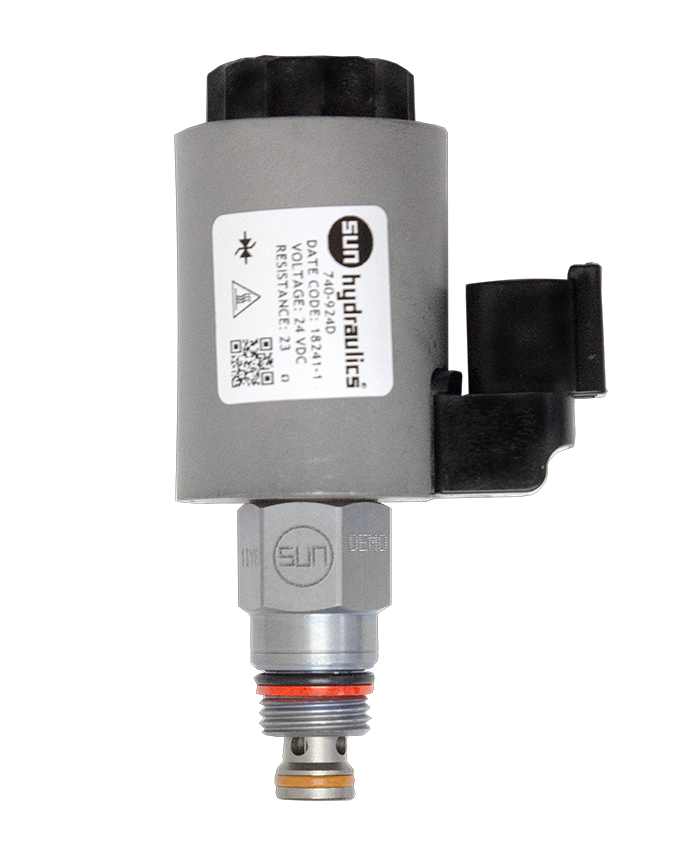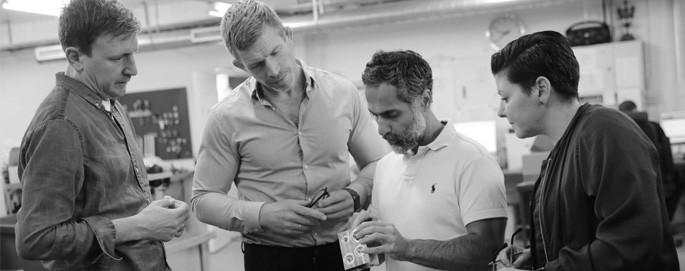
A pilot valve is used to control other valves or functions by utilizing a smaller control pressure—known as pilot pressure—to open, close, or regulate a larger main valve. The pilot valve is typically electrically actuated, which in turn hydraulically controls the main valve. Pilot valves are commonly used when the main valve requires more force than a solenoid coil can generate. There are two main types of pilot valves: directional on/off pilot valves (which simply open or close the flow) and proportional pressure control pilot valves (which allow for stepless and precise pressure regulation).
2-way pilot valves, also known as on/off pilot valves, are used to control the pilot pressure to a main valve. They are available in normally open (N/O) or normally closed (N/C) configurations. A 2-way pilot valve has two ports and functions as a simple on/off valve, typically used to allow or block pilot pressure to another valve. Unlike a 3-way pilot valve, a 2-way pilot valve does not have a separate venting path for the pilot pressure. This means that the pressure in the pilot line may remain even when the valve is deactivated.
3-way pilot valves, also referred to as 3/2 valves, are also used to control the pilot pressure to a main valve. They are available in normally open (N/O) or normally closed (N/C) versions. A 3-way pilot valve has three ports: pressure inlet (P), pilot outlet (A) and tank return (T). The valve switches between two states—either supplying pilot pressure to a function or venting the pilot line to tank. When the valve shifts position, the pilot pressure is released, causing the pressure in the pilot line to drop, which must be rebuilt before the function can be activated again. 3-way pilot valves are particularly useful in applications where it is important to fully relieve pressure to ensure that a function is completely shut off.
Proportionally controlled pressure regulating pilot valves enable smooth, stepless and precise pressure control—unlike the simpler on/off operation of 2-way or 3-way pilot valves. These valves are primarily used to control larger main valves, such as pressure reducing or pressure relief valves, where accurate pressure regulation is essential. The control signal is electrical, typically in the form of an analog signal (e.g., 0–10 V or 4–20 mA), and the valve’s degree of opening is regulated proportionally to the signal strength.
To operate pilot valves electrically, amplifiers, control units and I/O modules are used—components that are both user-friendly and flexible. These devices enable intelligent and automated control of hydraulic functions by receiving and processing input from sensors monitoring flow, pressure or temperature. With electronic feedback, the system can be dynamically adjusted in real time, improving accuracy, energy efficiency and operational reliability in both industrial and mobile applications.



Hydnet
EA Rosengrens gata 29
421 32 Västra Frölunda
+46 31 - 499 490
info@hydnet.se